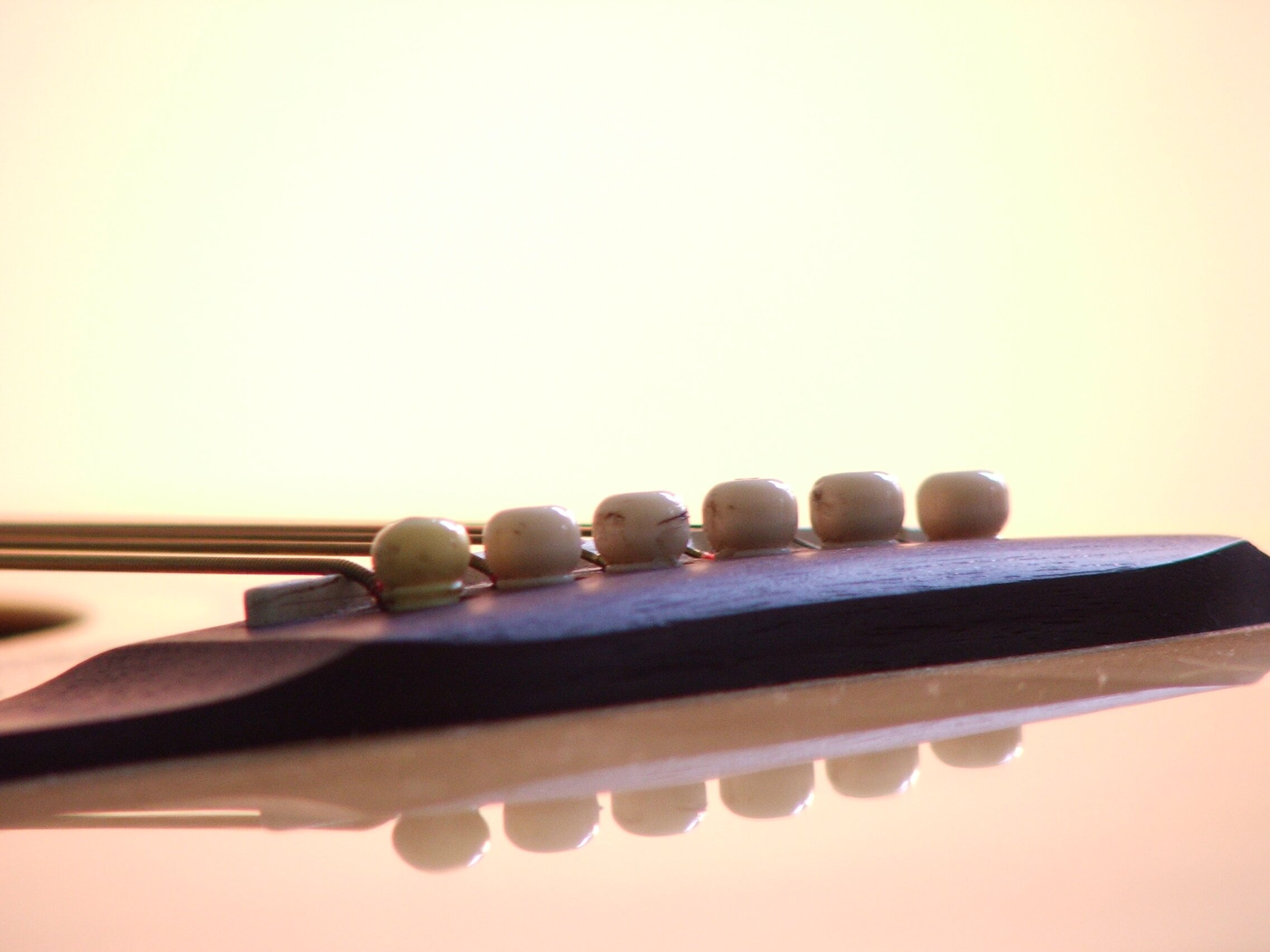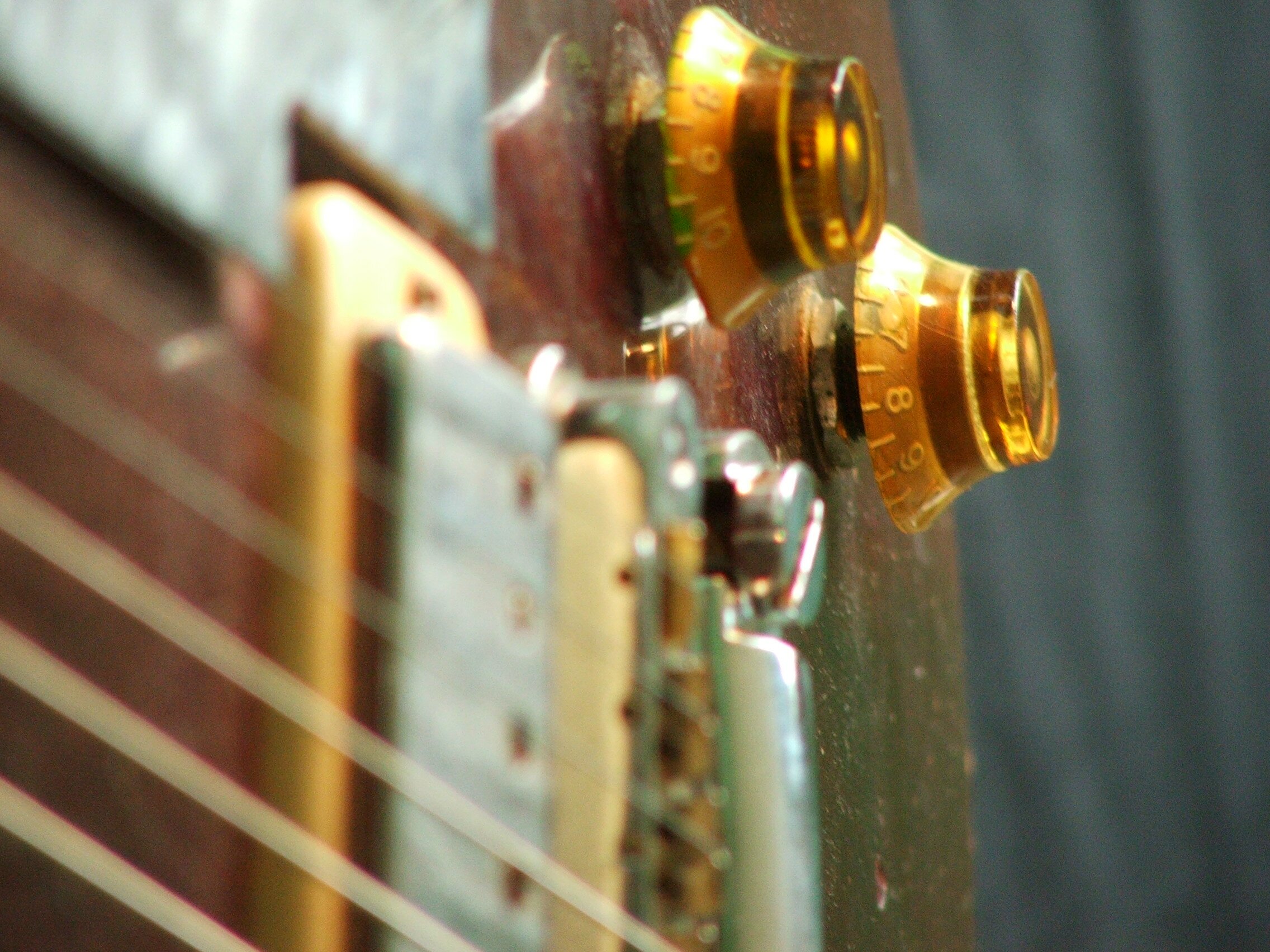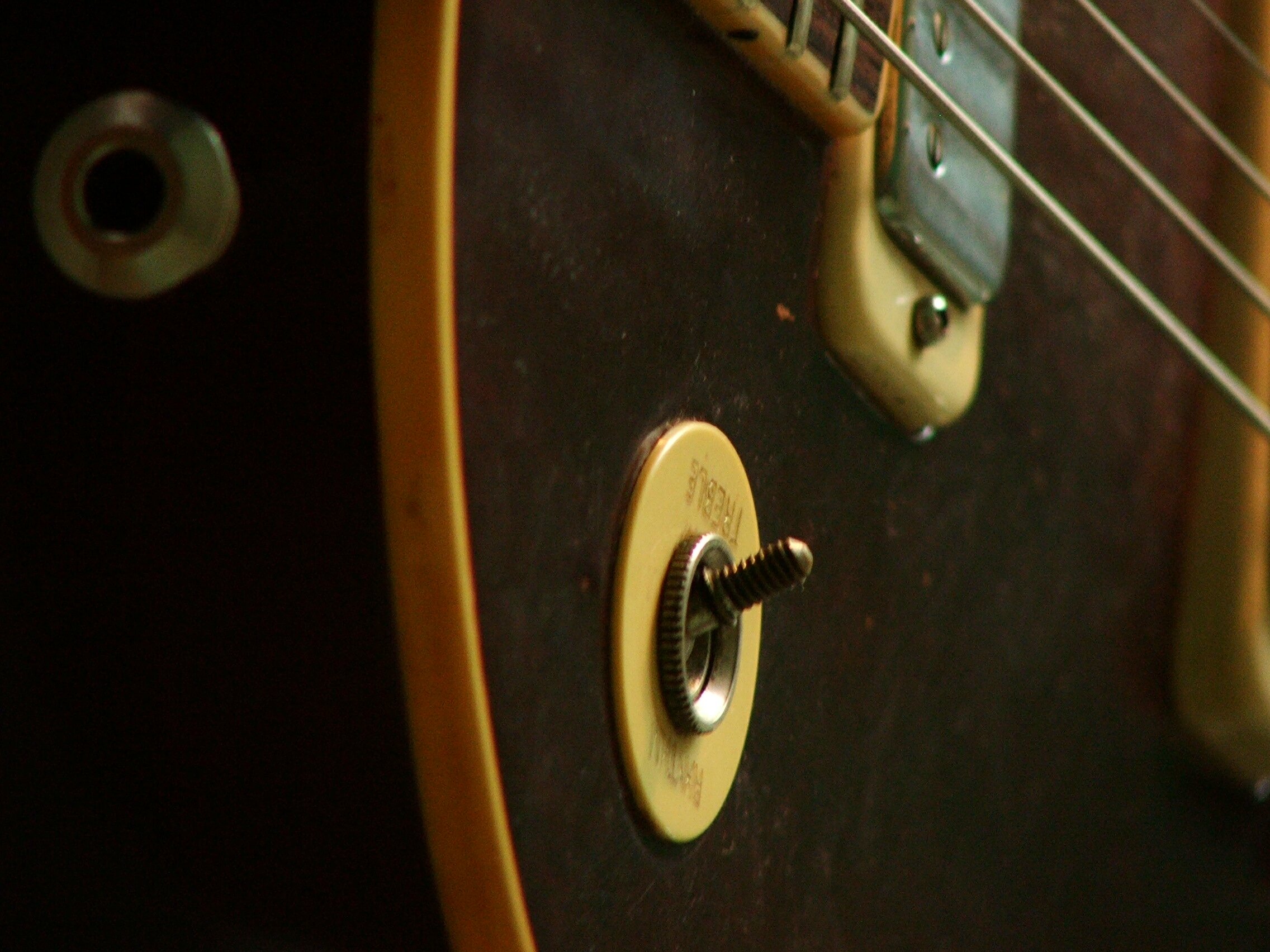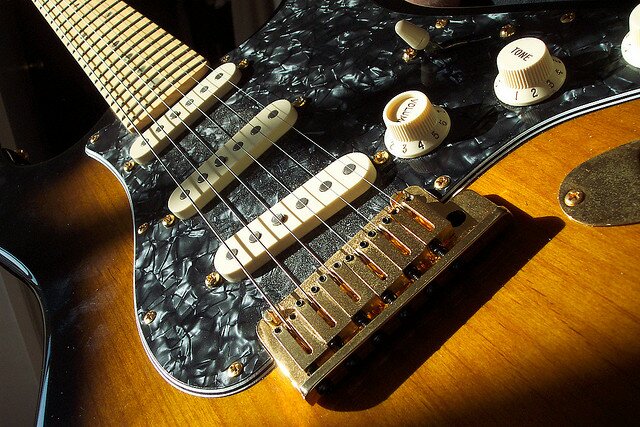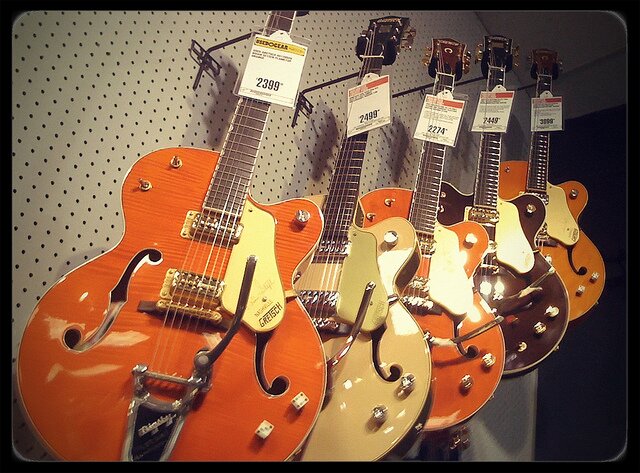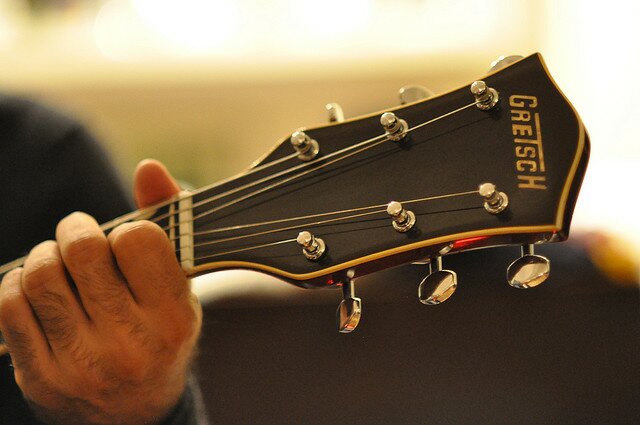Easy Scale Run Exercises on Guitar
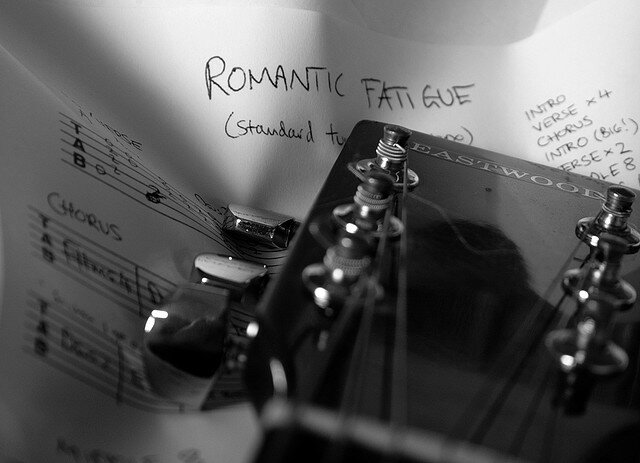
As you can probably imagine, knowing all five shapes but not knowing how to combine them effectively would mean you’re not getting the most from your knowledge. This lesson we will take a look at how you can practice linking up the shapes and also look further into transposing the pentatonic minor scale into other keys.
The first thing you need to do is understand how all five shapes fit together on the neck of the guitar. The diagram below shows you what it would look like if you were to see all the notes from all five positions of the minor pentatonic scale placed on the neck at one time. This is really useful as you can really see how one position shares notes with the position either side of it.
This particular diagram shows the notes in the key of A minor. If you were to move the scale into another key, the positions would still fit together in the same way. The difference would be that each position would be placed elsewhere on the neck, meaning that the notes would be arranged differently.
From the diagram above you can see that moving between, and combining the positions shouldn’t be too much trouble. The first exercise we look at ascends one position, descends the next, and ascends the one after and so on until you reach the top. After a while of practicing this exercise regularly, the way the scales are laid out on the neck should start to make a lot more sense.
The second exercise should help you get to know each shape really well, and therefore help you get quicker at changing between shapes. It involves playing three strings of the shape, stepping back a string, and then repeating the process until you reach the top of the shape. Follow the TAB to do this for each shape. Try to leave just one beats rest between each shape. When you get good at this, try the whole exercise in reverse.
Position one:
Position two:
Position three:
Position four:
Position five:
Transposing the shapes can seem very complicated at first but it’s really just a matter of matching up the root notes in each shape with the appropriate note on the neck. For example:
G pentatonic minor, position one:
This shape would start from the 3rd fret. By looking at the diagram below you can see that there is a G on the 3rd fret of the 6th string. The pentatonic minor position one starts from a root note on the 6th string.
D pentatonic minor, position 3:
This shape would also start from the 3rd fret. Position 3 has it’s root notes positioned on the 5th and 2nd strings so you look for an area of the neck on the diagram that has ‘D’ notes arranged in the same place. This means that D pentatonic minor starts from the 3rd fret to make sure that the root notes are arranged in the correct place.
image credit – tenspeed








